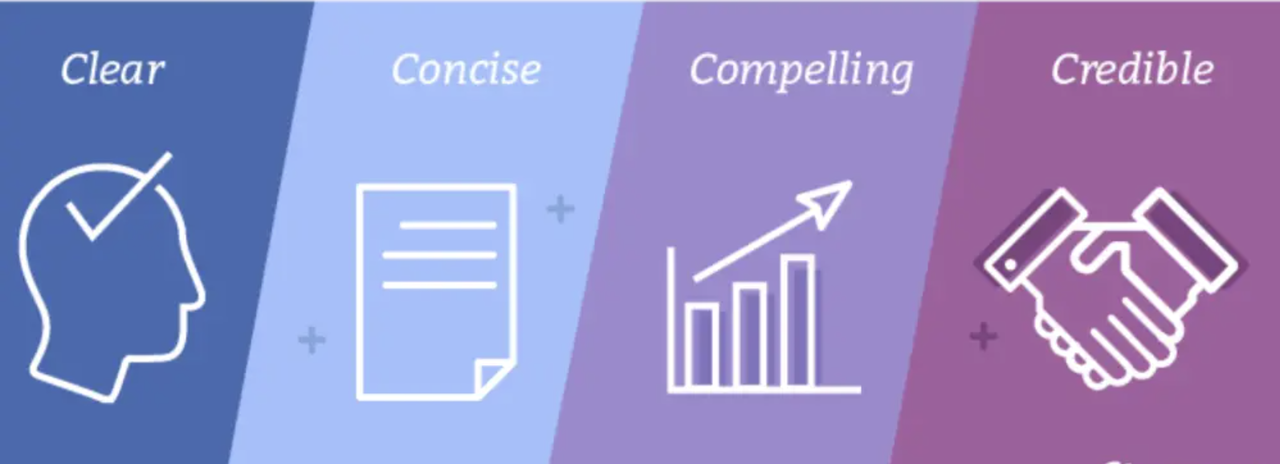As most copywriters know, the 4Cs formula is a tried and true method for crafting compelling content. However, even the most skilled copywriters can fall victim to common mistakes that harm their marketing efforts. Those tiny little copywriting mistakes can be enough to make a customer bounce from your website or, even worse, for your client to walk away.
So, what are those mistakes that you should avoid? I’ll tell you so you can avoid some of the mistakes I made early on.
Avoid These 10 Sneaky Copywriting Mistakes
Have you ever poured your heart and soul into a marketing piece only to see it fall flat? It’s a frustrating experience but one that’s all too common when copywriters make sneaky mistakes that sabotage their efforts.
Failing to understand your audience
One of the biggest mistakes copywriters make is not understanding their target audience. It is crucial to know who you’re writing for, their pain points, and what motivates them to take action. Research and create buyer personas that reflect your target audience to avoid this mistake.
Not starting with a clear headline
Your headline is the first thing your audience will see; it needs to be clear and attention-grabbing. Avoid vague or confusing headlines and aim for something that communicates the benefit of your product or service. If headlines aren’t your thing, try tools like Headline Studio or Advanced Marketing Institute’s Headline Analyzer.
Using jargon or technical language
You may have heard, “If you can’t explain it simply, you don’t understand it well enough,” a quote attributed to Albert Einstein. And he was spot on when he said it. Your copy should be easy to understand, even for people who aren’t experts in your field. Avoid using jargon or technical language that could confuse or alienate your audience. Instead, use simple, straightforward language that everyone can understand.
Focusing on features instead of benefits
It took me a while to understand the nuances between the two, but the truth is, your audience doesn’t care about your product’s features; they care about how it can benefit them. Focus on the benefits of your product or service, and show your audience how it can solve their problems or improve their lives.
Not including a clear call to action
Your copy should always include a clear call-to-action (CTA) that tells your audience what to do next. Make sure your CTA is prominent and easy to find, and use action-oriented language encouraging your audience to take action. For many articles, the CTA can be placed in the conclusion. For others, doing a bit higher in the content might make sense. Understanding your audience will help guide you on where to place that CTA.
Ignoring the power of storytelling
Stories are a powerful way to engage your audience and build an emotional connection with them. Use storytelling techniques to create compelling narratives that capture your audience’s attention and keep them engaged. For example, I recently wrote an article about net revenue, a relatively dry and boring topic. But to keep readers engaged and to help them understand the math in the piece, I incorporated storytelling about a landscaping business. It helped to land the message, keep readers engaged, and help them associate with other new startup businesses.
Failing to proofread and edit
This one can be the means to the end, and I can’t stress it enough. Nothing more than typos, grammatical errors, and other mistakes undermine your credibility. So remember that the author is not the best proofreader for their own work. When you are the one who wrote the piece, you are too familiar with the content, and it can be easy to skim over mistakes. So, always proofread and edit your copy carefully, or enlist the help of a professional editor or proofreader. Apps like Grammarly and Hemingway App can be lifesavers.
Overloading your copy with information and fluff
Your copy should be concise and focused, not a laundry list of information. So, keep your copy streamlined and focused on the most essential points, and use formatting techniques like bullet points and subheadings to make it easy to read. If you aren’t familiar with SEO-optimizing your headers, now is the time to learn.
Copying others
One of the biggest mistakes you can make is copying other people’s content. Not only is this unethical, but it also undermines your credibility and makes it difficult to stand out in a crowded market. Instead, create original, compelling content showcasing your unique value proposition. And if you borrowed ‘ideas’ to create your content, run it through a tool like Copyscape to ensure your version is original and unique.
Improve Your Marketing Efforts and Credibility by Avoiding These Mistakes
By avoiding these ten common copywriting mistakes and focusing on the 4Cs of clear, concise, compelling, and credible content, you can create marketing copy that engages your audience, builds trust, and drives action. Remember always to put your audience first, focus on the benefits of your product or service, and use storytelling techniques to create compelling narratives that resonate with your audience. With a bit of practice, you’ll be well on your way to mastering the art of copywriting.

